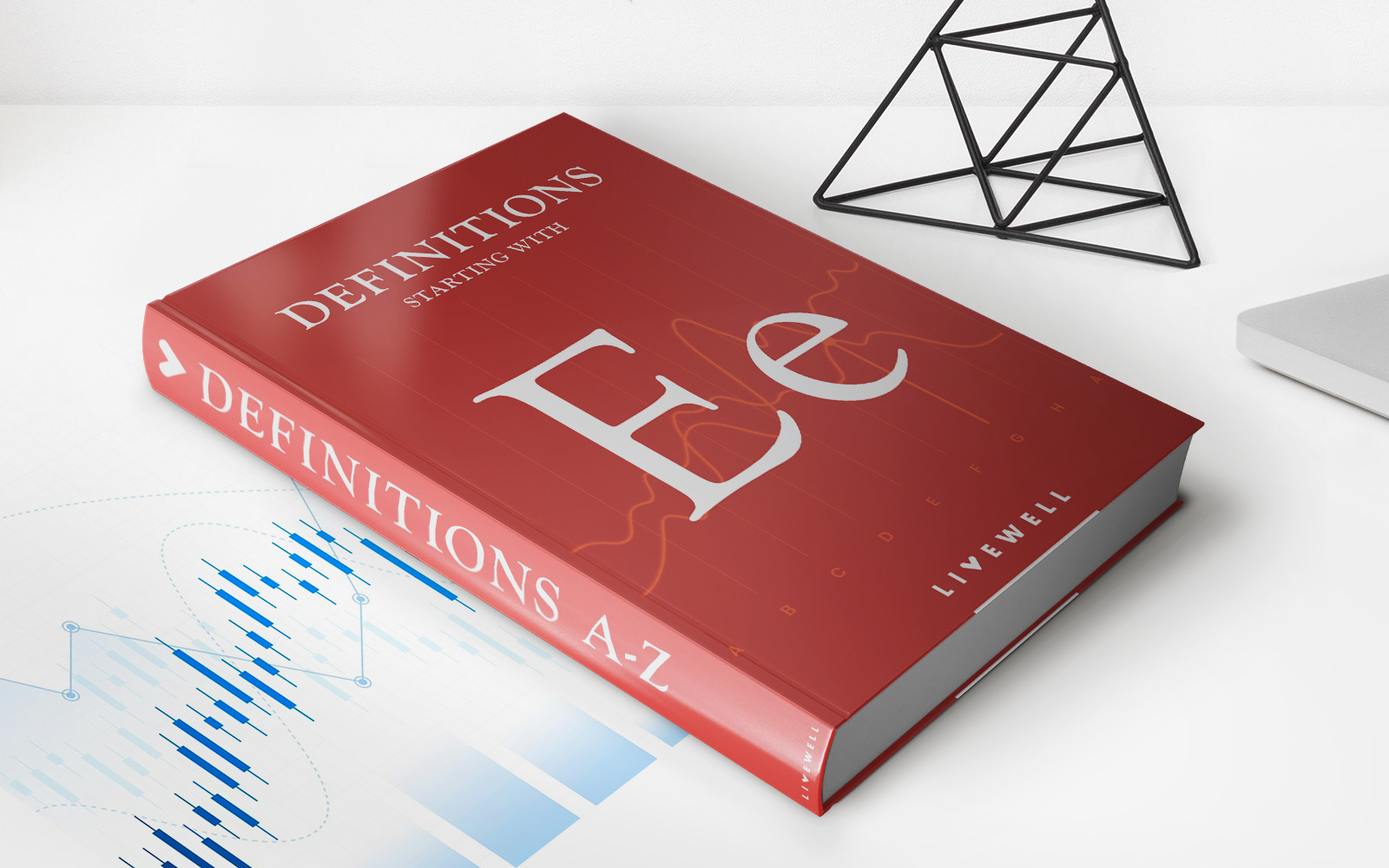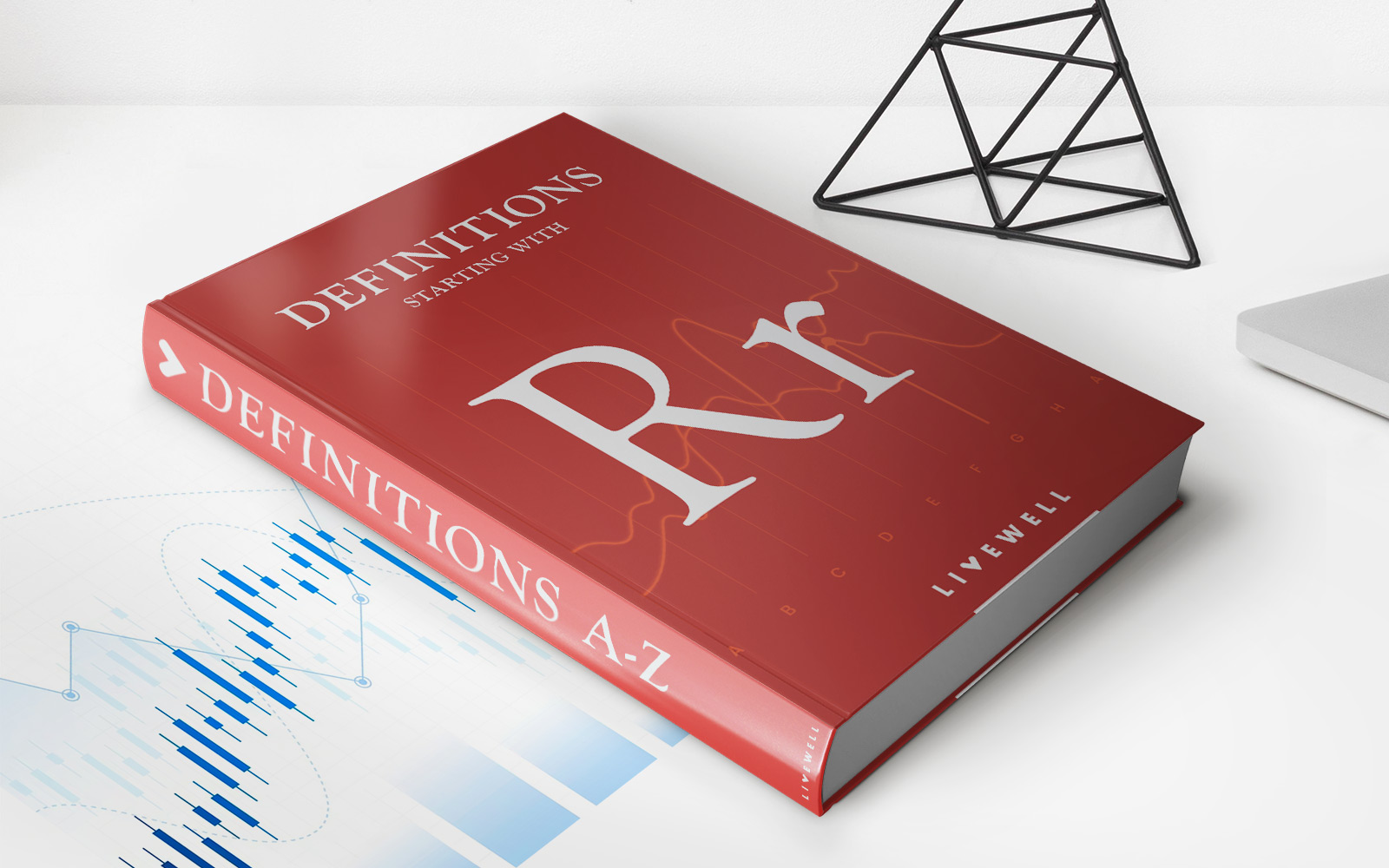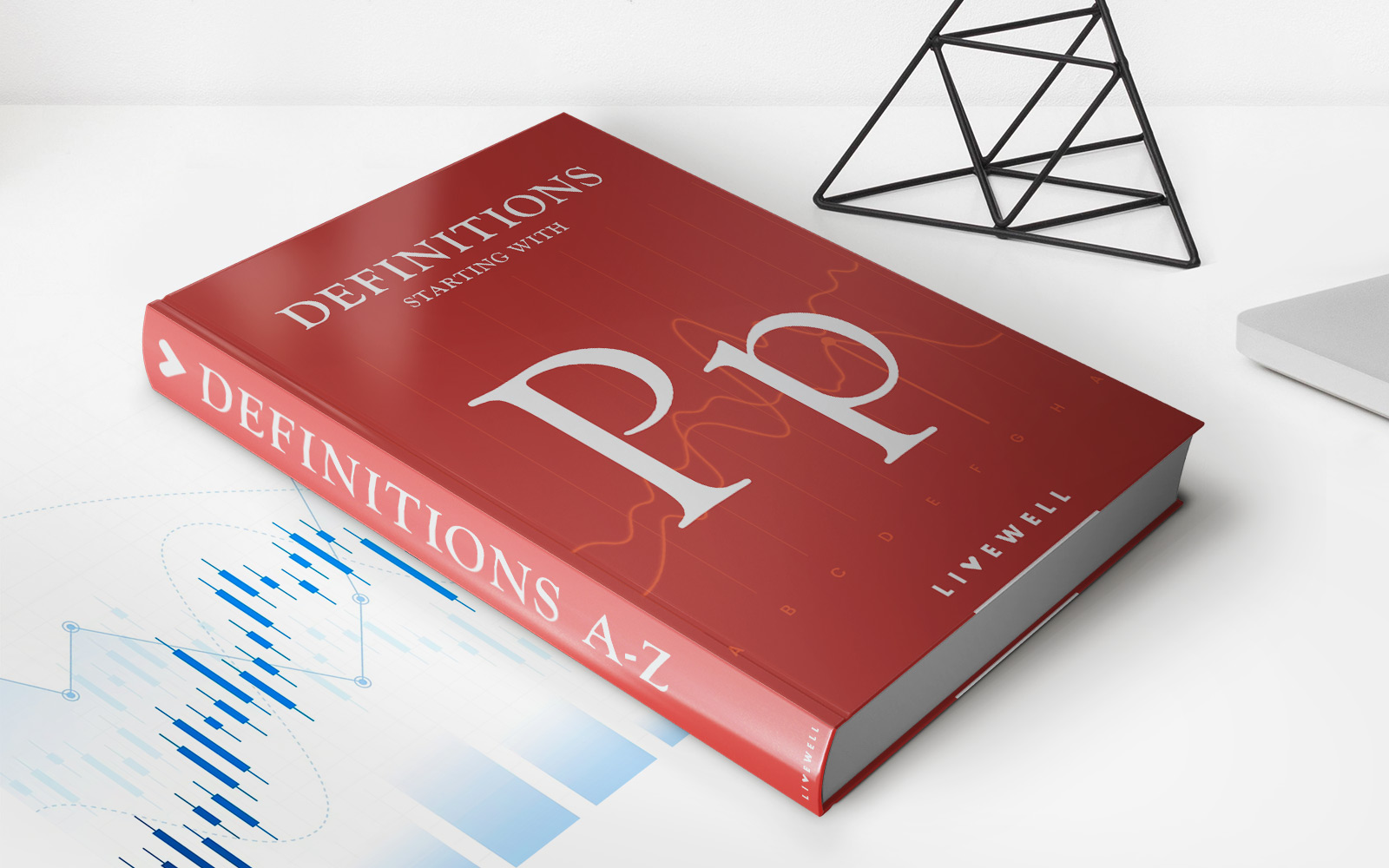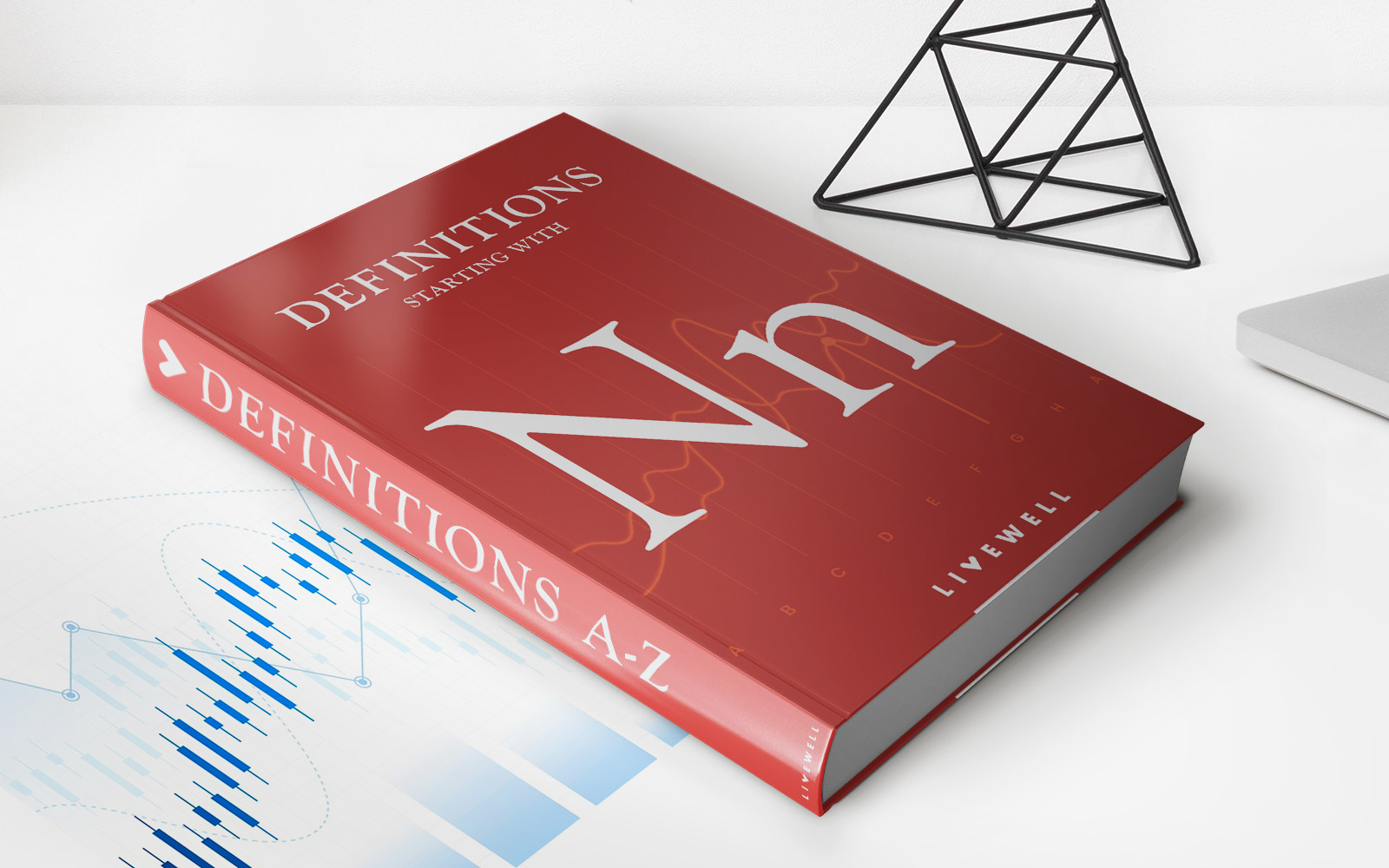Home>Finance>Future Value: Definition, Formula, How To Calculate, Example, And Uses


Finance
Future Value: Definition, Formula, How To Calculate, Example, And Uses
Published: November 29, 2023
Learn the definition and formula of future value in finance, along with step-by-step instructions on how to calculate it. Explore an example and discover the practical uses of future value.
(Many of the links in this article redirect to a specific reviewed product. Your purchase of these products through affiliate links helps to generate commission for LiveWell, at no extra cost. Learn more)
Future Value: Definition, Formula, How to Calculate, Example, and Uses
When it comes to personal finance, understanding the concept of future value is essential. Have you ever wondered how small investments made today can grow into substantial amounts of money in the future? Well, future value is the key to unlocking this phenomenon. In this blog post, we will delve into the definition of future value, provide you with the formula to calculate it, present an example to illustrate its usage, and discuss its various applications. So, let’s explore the exciting world of future value!
Key Takeaways:
- Future value represents the estimated worth of an investment at a specific point in the future.
- Calculating future value involves considering the initial investment, the interest rate, and the time period.
What is Future Value?
Future value, in its simplest form, is the estimated worth of an investment at a specific point in the future. It allows you to analyze how your money will grow over time, taking into account factors such as interest rates, compounding periods, and the length of the investment period. By understanding future value, you can make informed financial decisions and set realistic goals for the future.
Formula to Calculate Future Value
The formula to calculate future value is:
Future Value = Present Value * (1 + Interest Rate)^Number of Periods
Let’s break down the components of the formula:
- Present Value: The initial amount of money invested or borrowed.
- Interest Rate: The rate at which the investment grows or the cost of borrowing.
- Number of Periods: The length of time the investment will be held or the duration of the loan.
By plugging in the values for these variables, you can calculate the future value of your investment.
Example Calculation
To better understand how future value works, let’s consider an example:
Imagine you invest $1,000 in a savings account that offers an annual interest rate of 5% for a period of 5 years. Using the future value formula, we can calculate the future value of this investment:
Future Value = $1,000 * (1 + 0.05)^5
After performing the calculation, we find that the future value of your investment would be approximately $1,276.28. This means that your initial investment of $1,000 would grow to $1,276.28 after 5 years, assuming the same interest rate remains constant.
Applications of Future Value
The concept of future value has a wide range of applications in personal finance and investment planning. Some key uses include:
- Investment Planning: Future value analysis helps individuals determine the potential earnings from different investment options and make informed decisions.
- Retirement Planning: By calculating the future value of retirement savings, individuals can estimate the amount they need to save to achieve their desired retirement income.
- Loan Repayment: Future value calculations are used to determine the total amount to be repaid on a loan, taking into account interest rates and the length of the loan term.
- Business Decision-Making: Future value analysis assists businesses in evaluating the profitability of investments, forecasting cash flow, and planning for expansion.
Understanding future value allows you to make informed financial decisions and maximize the growth of your investments. Whether you’re saving for retirement or considering investment opportunities, knowing how to calculate future value empowers you to navigate the world of finance with confidence.
Now that you have a solid grasp of the concept, why not start exploring the future value of your own investments? You might be pleasantly surprised by the potential growth awaiting you down the road!














